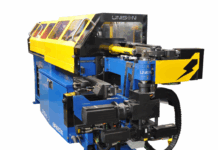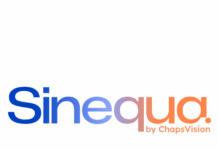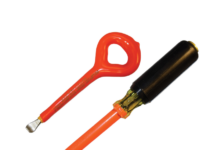Roskill has just released the fourteenth edition of its Tantalum: Global Industry, Markets & Outlook 2018 report which analyses supply, demand, trade and prices, and includes forecasts out to 2028. The report paints a positive picture for demand growth with strong increases from the superalloy sector (driven by aerospace and industrial gas turbines) and recovery in the major market of capacitors (driven in the short-term by expansion into traditional ceramic capacitor applications – of which there is a huge shortage – and in the long-term by the increasing electrification of our vehicles and homes). Roskill expects growth in almost all of the major applications with total demand growing by 4-5%py between 2018 and 2028.
The price of tantalum continues to fall, however, with prices declining from their mid-2018 peak of more than US$100/lb to around US$82/lb by mid-November (as reported by Asian Metal for CIF China, 30% Ta2O5). Roskill forecasts prices to fall further in 2019 as the industry is poised to see a sudden influx of new low-cost tantalum supply as by-product from Australian lithium miners. Australia currently accounts for around 5% of primary tantalum supply, but this could grow to as high as 33% by 2021 based on Roskill’s upper level forecast for supply growth. Growth could come at the expense of African artisanal production, which currently accounts for the majority of global supply.
Roskill’s new report profiles the major producers of tantalum and breaks down both supply and demand by country. Projects that may soon come on-line and contribute to tantalum supply are explored in detail, including Australian lithium projects looking to supply via by-product streams. In 2018, Pilbara Minerals and Tawana Resources/Alliance Mineral Assets have both begun to ship tantalum by-product from Australia and are likely to ramp-up their production in the coming years; other projects could also come on-line in Australia to add to new supply. Pilbara Minerals has just committed itself to a large expansion programme, to be commissioned in 2019.
Australian supply offers a potentially lower cost and more stable alternative to the African artisanal supply from the Central African Great Lakes region that currently dominates the market, accounting for around 38% of primary tantalum supply in 2018. Production from this region has long been associated with conflict mining, although the situation has improved in recent years with the introduction of the Dodd Frank Act, government- and consumer-led schemes to fund due diligence, bag-tagging schemes to improve tractability through the supply chain, and new plans to use blockchain technology. The EU will introduce its new Conflict Minerals Regulation in 2021 to match international levels of supply chain responsibility.
Tantalum is typically used in niche high-performance applications where there is little threat of substitution. Consumers are, therefore, more concerned with availability and sustainability of supply than price. With growing demand and the potential for a shift towards more sustainable supply from a number of new sources, the tantalum industry looks set for substantial change over the next decade.














































